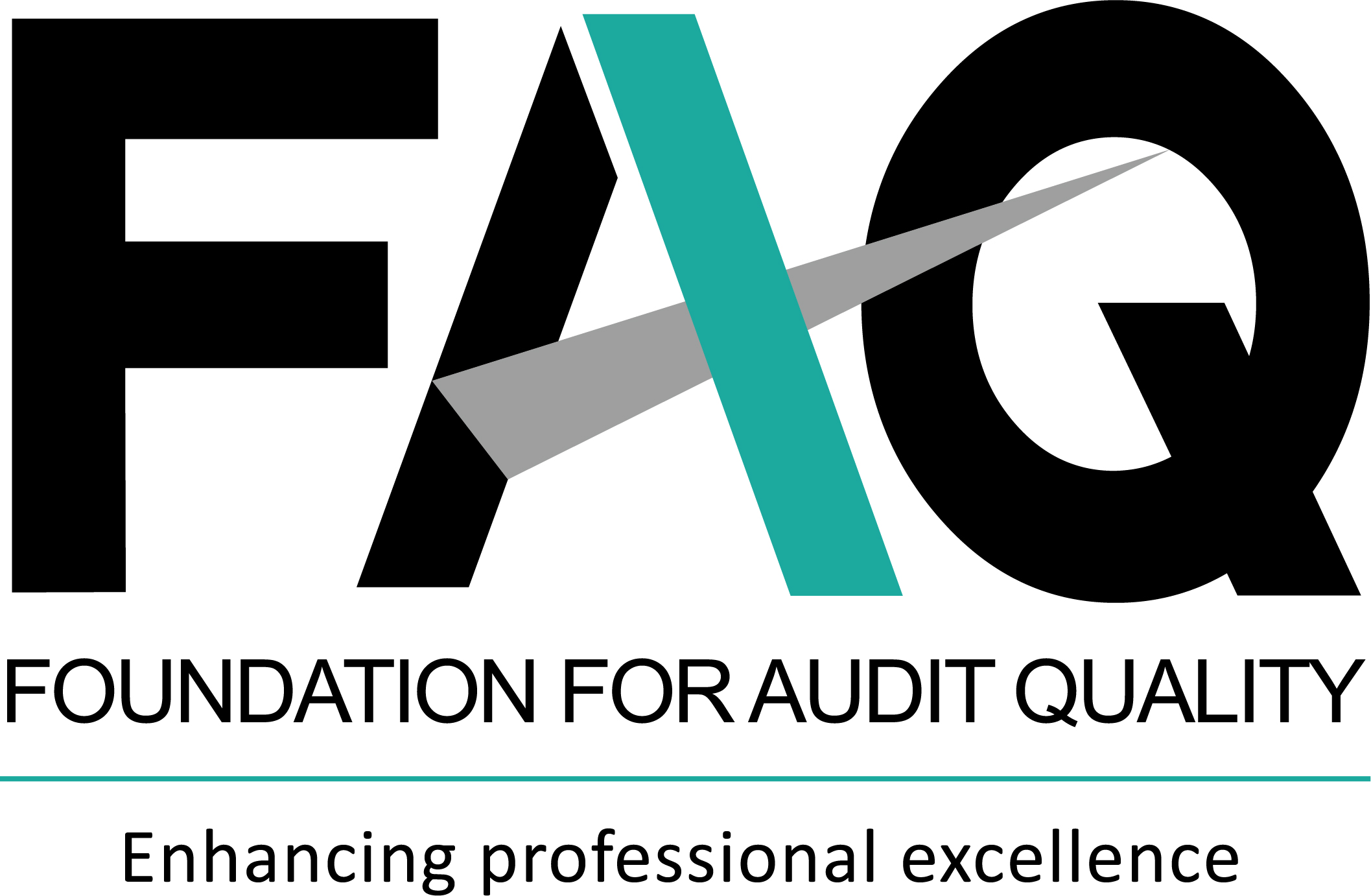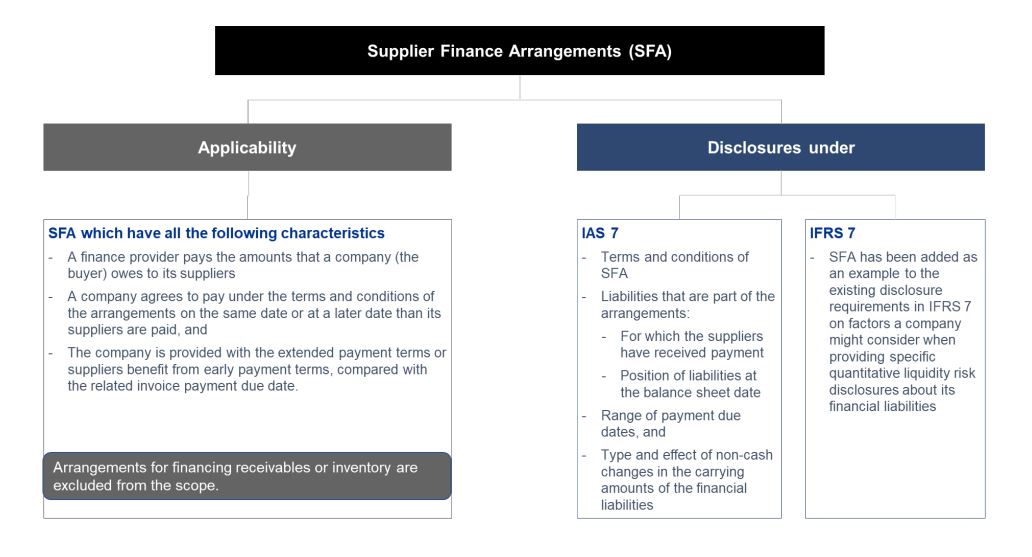In January 2020, the International Accounting Standards Board
(IASB) issued amendments to International Accounting Standard
(IAS) 1, Presentation of Financial Statements, thereby clarifying
how an entity classifies its debt and other financial liabilities as
current or non-current in certain circumstances (2020
amendments). This amendment was applicable from 1 January
2023.
However, stakeholders raised concerns regarding 2020
amendments and IASB reviewed those amendments. To improve
the information provided by companies regarding a long-term
debt (with attached covenants) undertaken by companies, IASB
issued additional amendments to IAS 1 in October 2022 (2022
amendments). Some of the key changes introduced in the 2022
amendments include:
a. Liabilities with covenants – Classification criteria: Under
the existing requirements of IAS 1, companies classify a
liability as current when they do not have an
unconditional
right
to defer settlement for at least 12 months after the
reporting date. Through the 2022 amendments, IASB has
now removed the requirement for a right to be unconditional,
i.e., a liability would be classified as non-current, even if the
right to defer settlement is subject to some underlying
conditions (covenants).
However, such right must exist at the reporting date and have
substance.
It has also been clarified that only such covenants with which a
company must comply on or before the reporting date would
affect the classification of a liability as current or non-current.
Any covenants with which the company must comply after the
reporting date (i.e., future covenants) would not affect a liability’s
classification at that date. The same can be explained with the
help of an example below:
Example: Company ABC Ltd. (the company) has a loan which
is repayable in five years. Other facts of the case are:
-
Loan is subject to a covenant which requires the company to
maintain an EBITDA of at least 10 per cent on 31 December
20X2 and 14 per cent on 30 June 20X3 respectively. The loan
becomes repayable on demand if the target EBITDA is not
met on any of the specified dates
-
The company is preparing its annual financial statements for
the year ending 31 December 20X2. The EBITDA is 11 per
cent as on 31 December 20X2. Also, the company expects
an EBITDA of 12.5 per cent as on 30 June 20X3.
| Particulars |
Loan covenant |
Impacts classification of loan as on 31 December 20X2 |
| Reporting date |
EBITDA of at least 10 per cent (tested on 31 December 20X2) |
Yes, as the company satisfies the covenant condition as on the reporting date. Thus, the
loan would be classified as ‘non-current’
|
| Future covenant |
EBITDA of at least 14 per cent (tested on
30 June 20X3)
|
No, as a future covenant would not affect the
classification of the loan as on the reporting
date. Thus, the loan would be classified as
‘non-current’
|
| Future expectation |
Expected EBITDA of 12.5 per cent as on
30 June 20X3 (which is not expected to
meet the prescribed covenant)
|
No, as management’s expectation of
compliance with the future covenant is
irrelevant for classification purpose. Thus,
the loan would be classified as ‘non-current’.
|
b. Additional disclosure requirements: When non-current liabilities are subject to future covenants, a company would be required to
disclose appropriate information for helping the users of financial information understand the risk that those liabilities could become
repayable within 12 months after the reporting date
c.
Clarification on convertible liability:
The amendments have also provided a clarification on classification of a convertible liability –
e.g., convertible debt. When a liability comprises of a conversion option, involving transfer of a company’s own equity instruments, the
conversion option is recognised as either equity or a liability separately from the host liability under IAS 32,
Financial Instruments:
Presentation.
In this regard, the IASB has now clarified that when a company classifies the host liability as current or non-current, it can ignore only those
conversion options that are recognised as equity. In simple terms, if the conversion option is recognised as a liability under IAS 32, the
same would affect current or non-current classification of the host liability.
Effective date: The amendments would apply retrospectively for annual reporting periods beginning on or after 1 January 2024, with early
application permitted. They also specify the transition requirements for companies that may have early-adopted the previously issued but
not yet effective 2020 amendments.
To access the text of the IASB announcement, please click here
Action Points for Auditors
-
Auditors should note that this amendment is currently not applicable to Ind AS. Accordingly, while determining the current and noncurrent classification of long-term loan arrangements under Ind AS, companies and auditors should refer to paragraphs 74 and 75
of Ind AS 1, Presentation of Financial Statements.
-
This amendment would be relevant to auditors when they are performing audit engagements under IFRS. In this case, auditors
should note that though the 2022 amendments would apply from 1 January 2024, they should evaluate disclosures under IAS 8,
Accounting Policies, Changes in Accounting Estimates and Errors.
Thus, auditors should engage with the companies to which
these amendments would be applicable and discuss the reporting requirement and transition options available to the companies.


